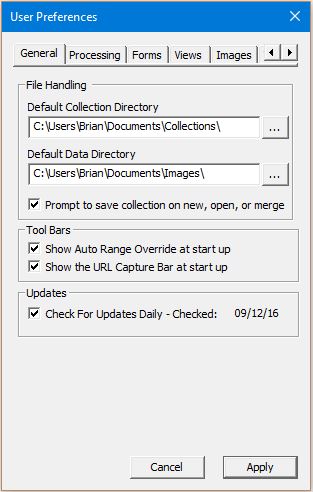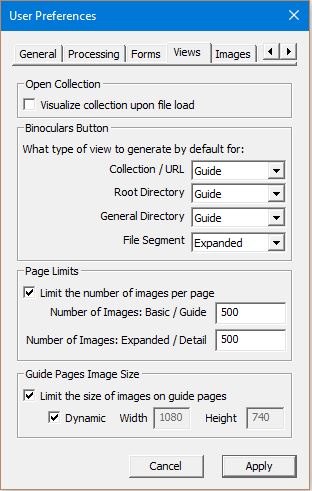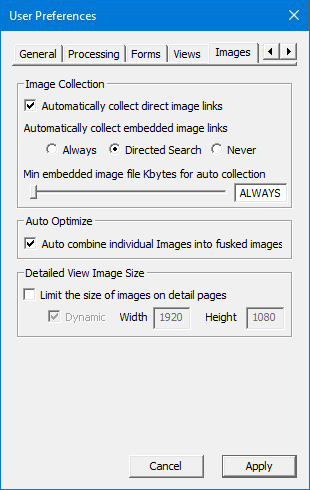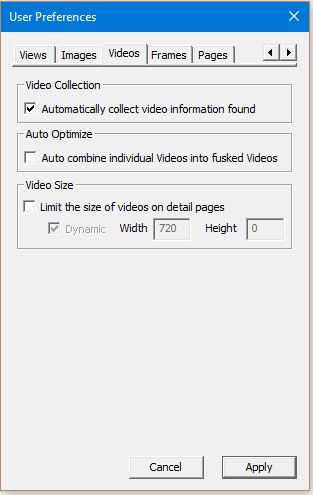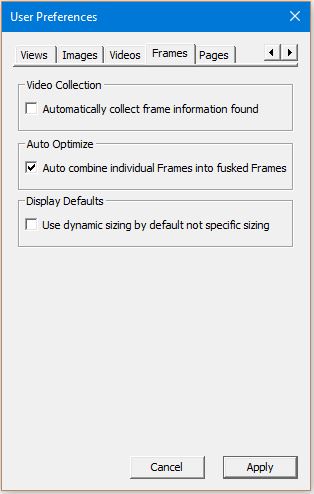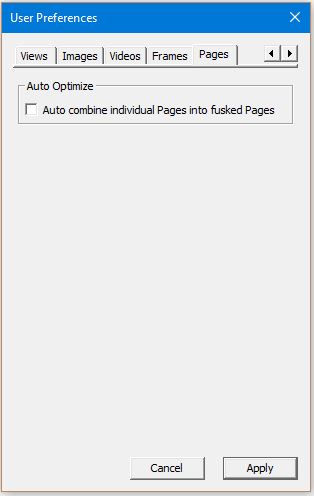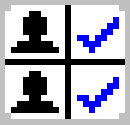 Image Surfer Pro Forms
Image Surfer Pro Forms
Safer Browsing
Know Your Links
Links on a webpage can link to images, documents, webpages, or even active scripts. The original intent of such links were to connect information and pages such that you could simply click the link to get more information about a topic. However, many sites have abused this simple notion and rather than directly link you to the information you are seeking, the link first routes you through scripts which actively spy on and track your internet activity. In some cases sites will even arbitrarily re-direct your browser to content you don't want to see but which they get credit for passing traffic to. If you are unsure of the website you are surfing or occasionally get directed to content which is not what you were expecting, there is a good chance the website is using one of the following methods to hijack your surfing experience.
- Indirection: When the link accesses a script or other website and passes the desired website as a parameter. This may be done for many reasons. Some of the reasons are valid (such as passing affiliate information through a 3rd party monitor) but many are not. This type of link may not only be a tracking device but may also be used to pop up other sites behind your browser window, send you to completely unexpected locations, or run various viral attacks.
- Site Parameters: Usually parameters added to a website address are necessary for the correct display of the desired website; however, they may also contain tracking or other information that can be used by the destination site. Knowing what information is being passed is always a good idea if you don't fully trust the site you are surfing.
The Image Surfer Pro Form shows you exactly what links you are following - including any indirection or website parameters. By understanding what information is in the links you are following and deliberately choosing the links you follow you can greatly increase the security of your browsing session. The Image Surfer Pro form presents the destination of each link on the webpage with a set of options:
Sterile Link:
This link has both indirection and site parameters removed. If the site you are surfing is entirely clean
the only links you will see in the Links column of the Image Surfer Pro Form will be Sterile links.
 Though sanitized, these links may still directly reference scripts which could be harmful. Some sanitized links
may not contain sufficient information to resolve - parameters removed from a link may cause the link to be invalid.
Though sanitized, these links may still directly reference scripts which could be harmful. Some sanitized links
may not contain sufficient information to resolve - parameters removed from a link may cause the link to be invalid.
Clean Link:
Clean links have had any indirection removed but direct website parameters remain. This entry in the right
column will only exist if there were parameters to be removed in the formation of the Sterile Link. Remember,
website parameters may be necessary to access the desired content. In many cases the parameter will designate
the gallery id or the media file id being accessed through a common access webpage and without it the webpage
may not resolve.
Original Link:
This is the exact link which the content on the original webpage referenced. This link will only be present in the
right hand column if there was indirection to be removed in the formation of the Sterile Link. Because indirection
is always used in these links, it is strongly recommended that you understand why the indirection is necessary before
clicking these links. Clicking one of these links is roughly the same as having clicked the content on the original
webpage with a couple minor differences:
- The link will open in the current browser window and not open a new tab or window unless you right click and request a new browser tab or window.
- The referencing page information will be that of the Image Surfer Pro generated page rather than that of the original webpage which may cause the new webpage to encounter authorization errors and not display.
Continue Surfing In Same Browser Window
Often websites like to open images or other content in a new browser tab or window. This breaks general website design recommendations but is fairly common. This makes it hard to build your fusker collection over multiple pages as each new browser window or tab gets a new instance of the Image Surfer Pro toolbar. The links in the 2nd column of the ISP Form allows you to decide if you want to continue in the same browser window or not. By default they open in the same browser window. If you wish the destination to be displayed in a new window or tab, right click the link and select "Open in new tab" or "Open in new window".
Know Your Media Files
Is That An Image?
While it may be clear that a section of a webpage is an image and not text, that image may be not be what you
think it is. The HTML code of the site can change the size and resolution of an image. It could actually be
a static frame connection to active content hosted in a dark corner of the web. Even if it is just an image,
it could be a hyperlink which connects to spyware.
Is That A Video?
Not every image you see on a page with a ↻ or ► symbol on it is what you think it is.
It could be an image with what looks like a Play Button on it. Did you know that even the top tube
sites (such as YouTube) don't actually display video files? They display
video streams. While on a quality site like YouTube that difference is mostly technical and of little interest,
on many sites the difference can be a serous security risk. A video file is similar to an image file in that
it is basically static information in a known format. A video stream on the other hand is a direct data connection
to a hosting server on the web. When Interenet Explorer displays a video, it reads the file, interprets the data,
displays it, and when you click the play/pause button you are interacting with Internet Explorer. When Internet
Explorer displays a video stream it simply provides a sized window into which the hosting server streams data.
When you click the Play/Pause button (or any other portion of the frame displaying the video stream) you are
directly interacting with the hosting server.
An ISP Form lets you know exactly what visual information is present on the page. Each type of media found on the page is displayed in a particular table for that media type. Images are shown in the Image Table. Videos are shown in the Video Table, and Active Content is shown in the Frame Table. You no longer have to guess about what type of media you are viewing and interacting with.
